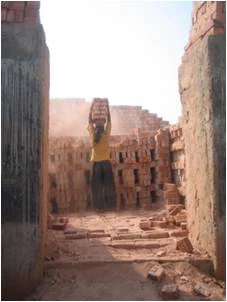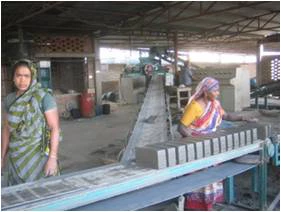
The country’s capital, Dhaka, is surrounded by more than 1,200 kilns. Most kilns operate only 6 months during the year (between November and April). Because more than 90% are located in low-lying areas which experience flooding during the rainy season. During the 6 months of operation, Dhaka becomes one of the most polluted cities in the world. Every day, the chimneys blow black smoke that clouds the city’s sky. The smoke is dense and contains fine particulates, which are very damaging to health. They cause no less than 20 percent of the premature deaths related to urban air pollution in Dhaka.
How long can the country afford to make bricks in this way? The current status is by no means sustainable. To make 100,000 bricks, one needs to burn 20 tons of coal, which has high sulfur content. China, the world’s leading brick producer, uses only 6 tons of coal to make the same amount of bricks. China’s experience suggests that adopting cleaner and more energy-efficient technologies is key to success.

Better economic benefits from cleaner technologies is good news, but isn’t enough by itself. Most brick entrepreneurs in Bangladesh can neither afford cleaner kilns, nor get a loan to buy them. Recognizing the brick sector as a formal industry and encouraging diversification to energy-efficient products (hollow, perforated bricks) are among the first steps towards a more efficient brick sector and cleaner air in Dhaka city.
For more information, check out the Feature Story & the Full Report (pdf)



Join the Conversation